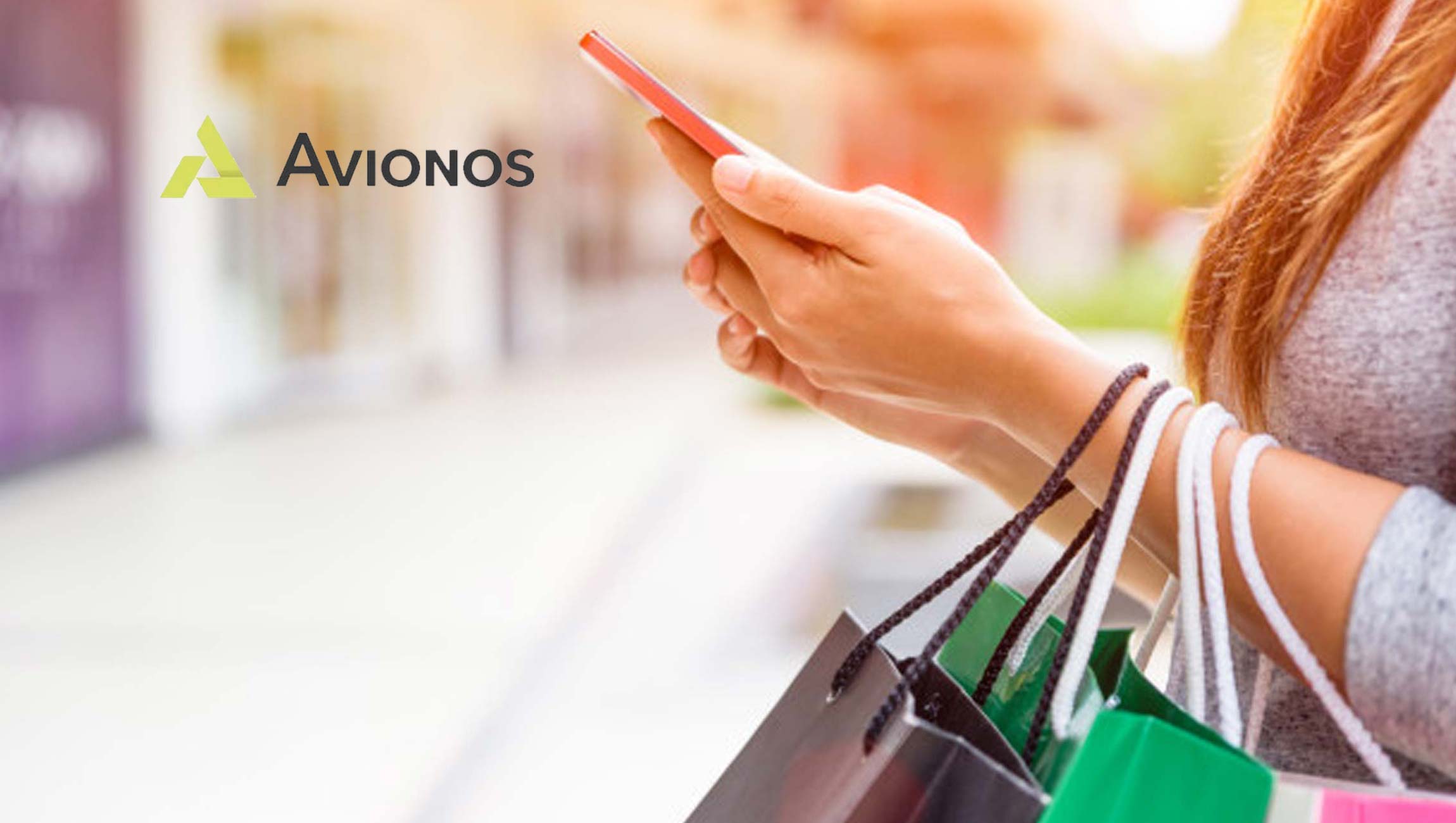Socialbakers, the leading social media marketing platform, today released its State of Influencer Marketing Report, which examines how the COVID-19 pandemic has affected the influencer industry over the last three months. Among the key findings are a decrease in sponsored content among influencers that are partnering with brands and a pivot toward influencers with smaller, more niche followings that may offer greater value to brands with tighter marketing budgets.
“Despite the economic impact of COVID-19, brands are still investing in influencer marketing to reach their target audiences but with a distinctly different approach,” said Yuval Ben-Itzhak, CEO, Socialbakers. “Nano and micro-influencers are now seen as high-value resources, bringing high impact without the big price tag of macro and mega influencers. As budgets remain tight, savvy brands will likely continue to expand partnerships with these smaller influencers as part of a smarter social media strategy in the wake of the continuing worldwide pandemic.”
Marketing Technology News: The Association of State and Territorial Health Officials Chooses Qualtrics CoreXM
Influencer Marketing Slows as Budgets Tighten
Socialbakers data shows that both the amount of sponsored content posted by Instagram influencers, and the number of brands who partner with influencers, dropped significantly compared to last year. The decrease of ad usage in 2020 was likely tied to the worldwide pandemic. At the same time, the number of brands on Instagram cooperating with influencers in April 2020 dropped by 37% compared to April 2019.
Influencer Efficiency Also Drops, as Extra-Small Brands Gain Traction
There was also a sharp drop in Influencer Marketing Efficiency, which is the ratio of average interactions on an influencer’s post mentioning the brand compared to a post published by the brand itself. In April 2020, Influencer Marketing Efficiency decreased by 41% compared to April 2019, reaching its lowest point since at least January 2019. Following the rise and fall of this metric during the holiday season, efficiency decreased again in the spring likely because of the pandemic.
Among the industries with high-performing Influencer Marketing Efficiency are Healthcare (4.2X), Finance (3.9X) and Telecom (3.8X). However, extra-small brands seem to be the big winners when partnering with influencers. They achieved the highest efficiency from their influencer campaigns when they partnered with small or larger influencers.
Marketing Technology News: Leading Contextual Advertising Company Media.net Joins IAB Tech Lab’s Board of Directors
Brands Move to Smaller Influencers for Less Costly Campaigns
As brands cope with tighter marketing budgets, the data shows they are increasingly investing in influencers with smaller followings. Over the last 16 months, about 40% of all brand partnerships were with micro-influencers. The next largest share was micro-influencers with fewer than 10,000 followers. This points to a belief among brands that positive campaign results can be achieved with smaller, more authentic influencers that are closer to their real public.
Marketing Technology News: Eka Unveils New Brand Identity and Corporate Website












Comments are closed.